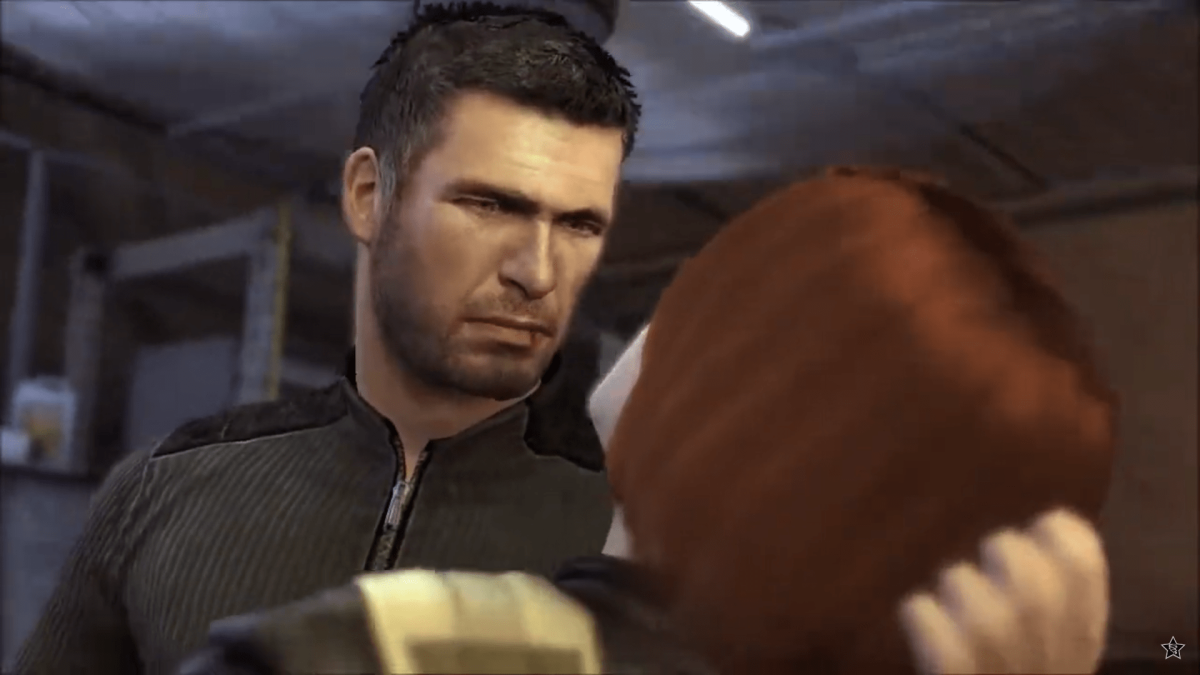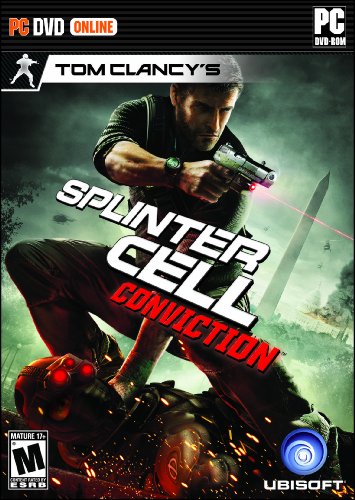“Splinter Cell Conviction” deviates from the conventional route taken by its forebears. This episode takes the stoic Sam Fisher on a personal vendetta.
This narrative detour depicts his most sinister assignment yet. In contrast to the previous games, where Fisher hid in the shadows, “Conviction” drops Fisher into a world where morality is hazy, and stealth is just as much about survival as it is about strategy.
As we dissect this pivotal chapter in Sam Fisher’s life, we’ll explore what made “Splinter Cell Conviction” distinct, how the gaming community received it, and its enduring legacy in the stealth genre.
A Personal Quest for Vengeance
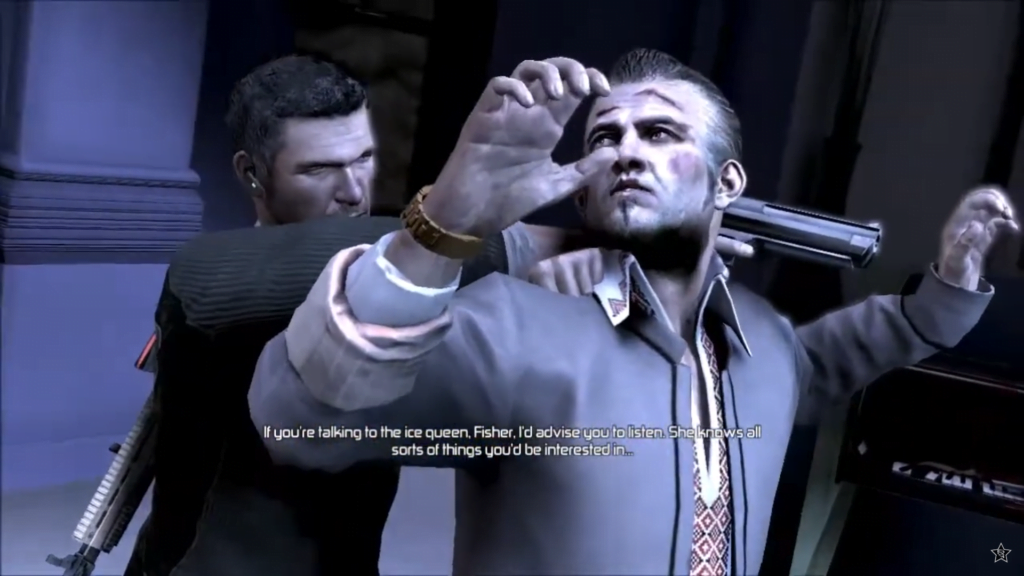
“Splinter Cell Conviction” marks a distinct turning point in the Splinter Cell saga, both in narrative scope and gameplay style. Released in 2010, this fifth installment in the series brings players back into the world of Sam Fisher, but not as they knew him. Gone is the strictly by-the-book Third Echelon operative; in his place is a rogue agent driven by personal motives, a stark contrast to his previous missions.
A Darker, More Personal Tale
The story of “Conviction” delves deeply into Sam Fisher’s psyche. Driven by the tragic loss of his daughter and the betrayal by his former agency, Fisher is portrayed not just as a skilled operative but as a father and a man pushed to his limits. This personal vendetta storyline created a more emotionally charged experience, allowing players to connect with Fisher on a deeper level.
The game opens with Sam Fisher on a quest to unravel the truth behind his daughter’s supposed death. This journey quickly entangles him in a web of conspiracy and betrayal. The narrative is more intimate and charged with emotion, and this personal vendetta propels the story forward. The stakes are higher, the emotions rawer, and the lines between ally and enemy more blurred than ever before.
This game showcased a significant evolution of Sam Fisher’s character. Gone was the stoic, by-the-book agent; in his place stood a rogue figure driven by personal motives rather than national duty. This shift brought a new dimension to Fisher, making him more human, relatable, and flawed. It was a bold move to redefine a well-established character. Still, it paid off by adding layers of complexity and emotional depth.
Splinter Cell Conviction Gameplay
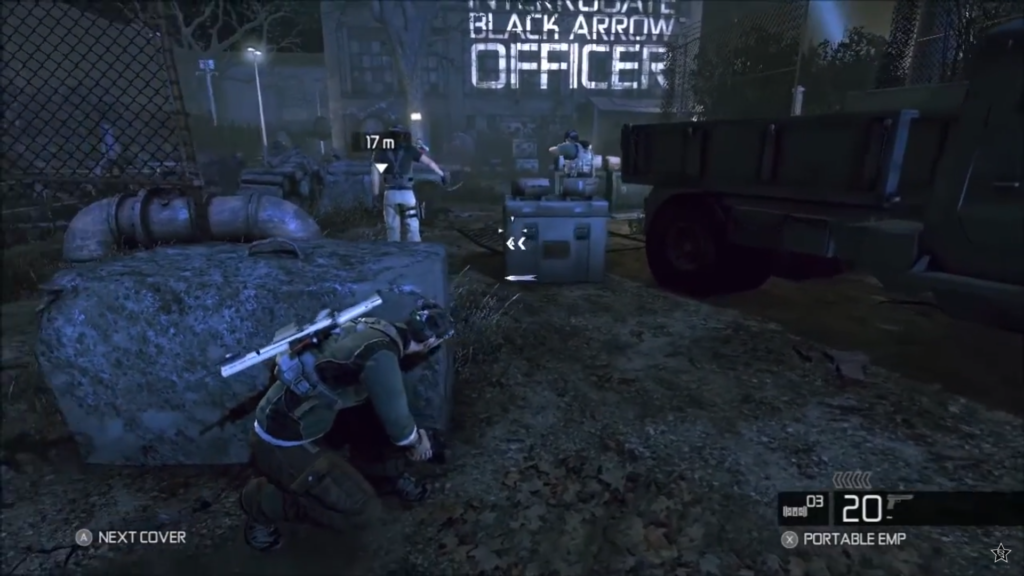
“Splinter Cell Conviction” revolutionized the gameplay, removing the stealth genre with a sense of urgency and aggression previously unseen in Sam Fisher’s world. This installment dared to redefine the core mechanics that had long been the franchise’s hallmark, paving the way for a more dynamic and fluid playstyle.
From the Shadows to Aggression
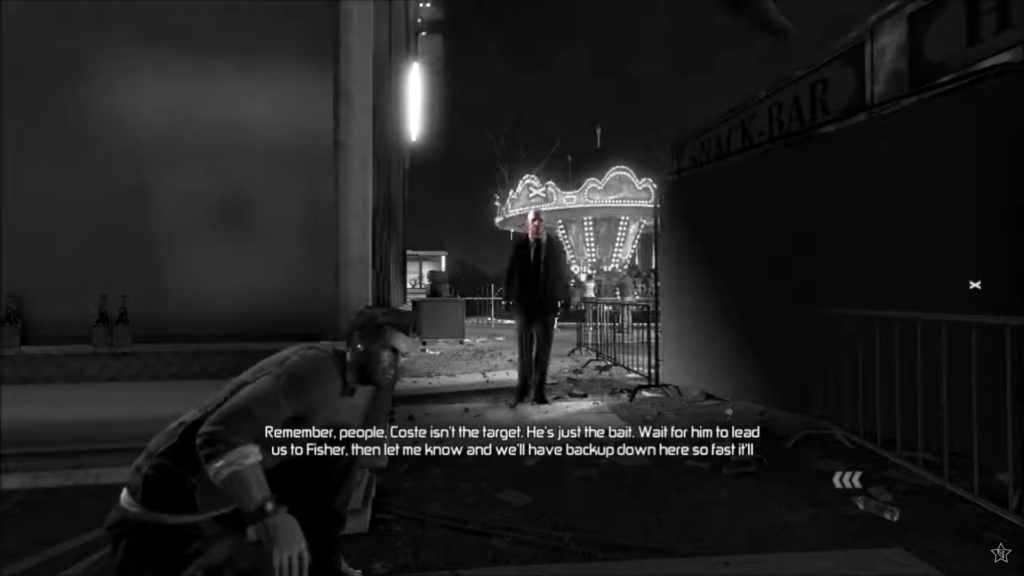
In terms of gameplay, “Conviction” shifts gears significantly. While stealth remains a core component, there’s a noticeable push towards a more aggressive, dynamic style of play.
The game introduces several new mechanics, like the “Mark and Execute” feature, allowing players to tag enemies and take them out in quick succession, and the “Last Known Position” system cleverly visualizes how enemies react to Fisher’s movements.
“Conviction” refined the cover system, making it more intuitive and fluid. Players could seamlessly move from cover to cover, enhancing the stealth aspect and allowing for strategic positioning during firefights.
Mark and Execute: A Game-Changer
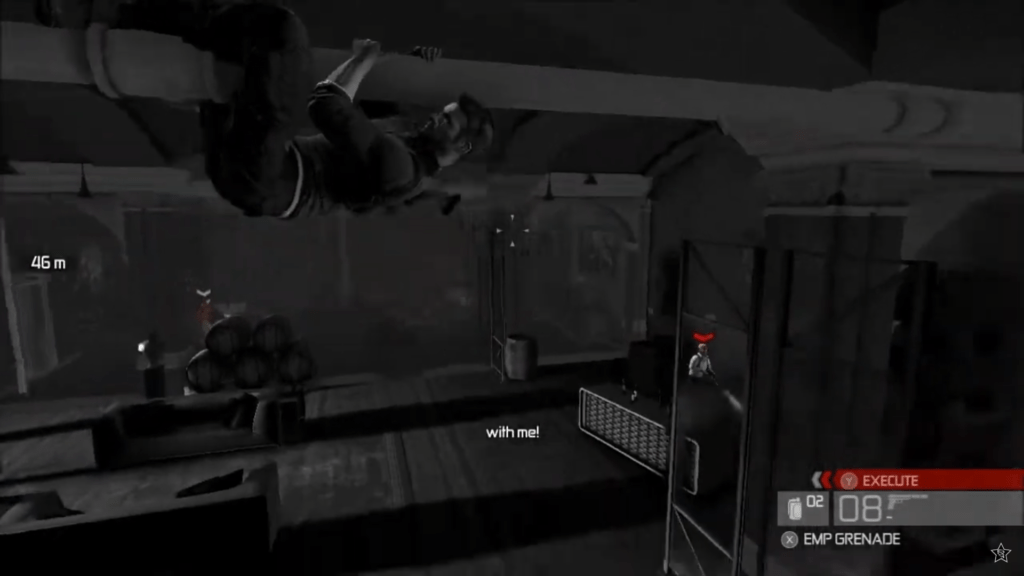
One of the most significant additions to the gameplay was the “Mark and Execute” system. This feature allowed players to tag several enemies and dispatch them rapidly in a cinematic flurry of action.
It shifted the focus from patient observation to strategic assault, giving players a powerful tool to feel like a true predator. While a departure from pure stealth, this mechanic added a layer of tactical depth, requiring players to earn their “Execute” ability by performing hand-to-hand takedowns first.
- A unique co-op mode known as “Prologue” featuring an exclusive story mode full of new characters, settings, four exclusi…
- A full arsenal of cutting-edge technologies like the Last Known Position system, that allows you to outflank foes and se…
- A unique storytelling style that keeps you on the edge of your seat as you navigate the explosive world of a renegade ag…
Last Known Position Feature
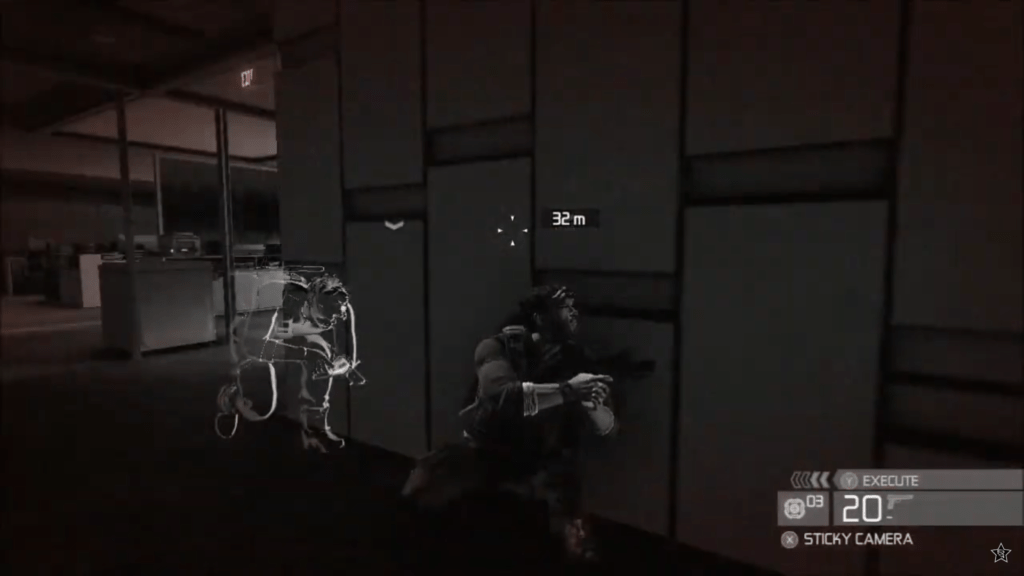
Another innovative feature was the “Last Known Position” mechanic. The Last Known Position feature added a visual marker indicating where enemies think Sam is, allowing for strategic repositioning and ambushes. It was a brilliant way to reengage the enemy, giving players more options to outsmart their adversaries.
This feature encouraged a more proactive approach to blending traditional hiding with clever misdirection.
Interrogation and Environmental Interaction
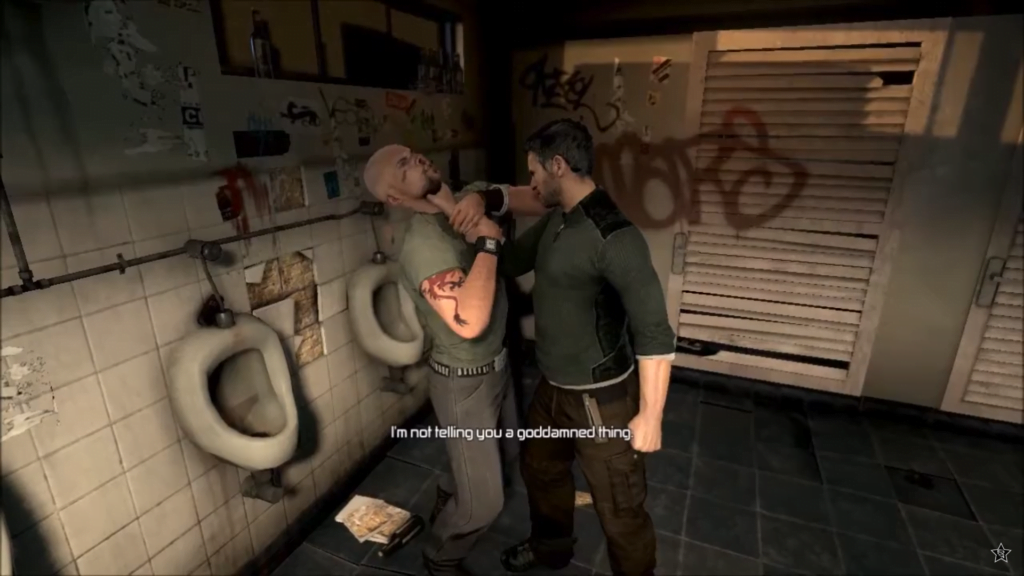
“Conviction” also introduced interrogation sequences and enhanced environmental interaction. Players can interact with surroundings not just for cover but also as intimidating tools for extracting information from enemies, adding a layer of realism to Fisher’s aggressive tactics.
New Gadgets
The sonar goggles were one of the newest gadgets in Conviction that allowed players to detect enemies through walls. This tool was crucial for planning attacks or avoiding detection, adding a strategic element to navigating levels.
Another new gadget introduced in the game was a portable EMP generator that Sam could use to temporarily turn off lights and electronics as well as stun enemies to make a quick getaway or possibly be used strategically with the mark and execute system to take out multiple enemies if there is no way around enemies.
Co-Op: Prologue to the Main Story
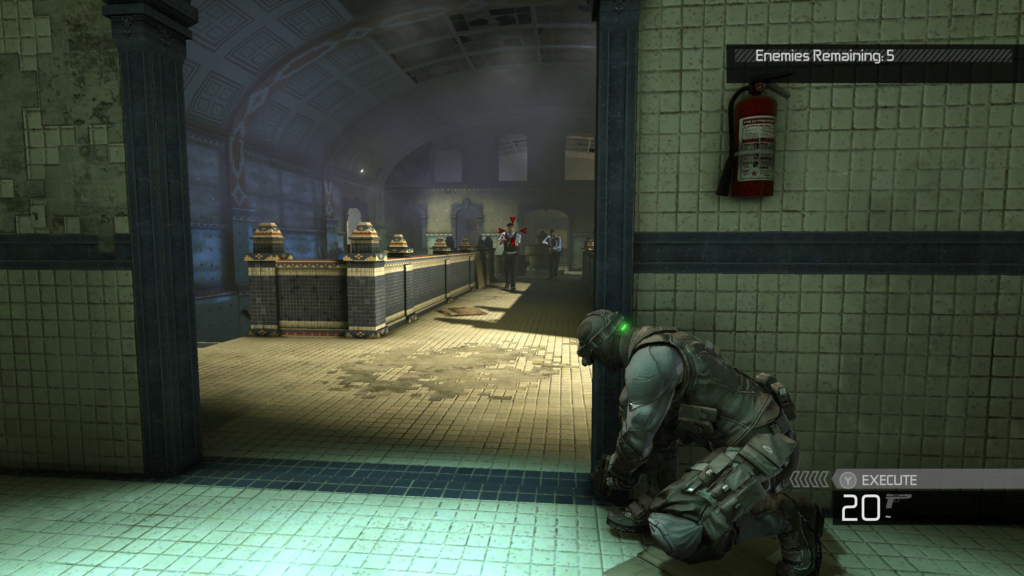
One of the standout features of “Conviction” is its co-op campaign, which serves as a prologue to the main storyline. Players assume the roles of agents Archer and Kestrel, operatives working for Third Echelon and its Russian counterpart, Voron.
The co-op campaign requires players to work together, emphasizing strategy. It brings a unique dimension to the gameplay, where communication and coordination are essential. The missions are designed to challenge players to rethink their approach, adapting to scenarios that require two operatives to execute complex tasks that one could not handle alone.
Deniable Ops – Expanding the Tactical Playground
In addition to the cooperative campaign and competitive modes, “Splinter Cell Conviction” introduced “Deniable Ops,” a mode that further enriches the multiplayer experience. Deniable Ops allowed players to engage in missions separate from the main storyline, emphasizing replayability and tactical flexibility.
Deniable Ops consists of four distinct modes: “Hunter,” “Infiltration,” “Last Stand,” and “Face-Off.” Each mode offers different objectives and challenges, catering to various playstyles and strategies.
- Hunter Mode: Here, players stealthily move through enemy-filled maps, tasked with eliminating all hostiles. The emphasis is on silent takedowns and efficient, covert movement.
- Infiltration Mode: Similar to Hunter but with added difficulty, Infiltration requires players to complete their objectives without being detected, offering a pure stealth experience.
- Last Stand Mode: This mode focuses on defense, where players must protect a single EMP warhead. At the same time, waves of enemies attempt to destroy it. It requires strategic positioning and resource management.
- Face-Off Mode: a one-on-one showdown where players must outmaneuver each other while completing objectives and avoiding or confronting AI-controlled enemies. This mode tests players’ mastery of the game’s mechanics and ability to adapt to the unpredictability of human opponents.
Deniable Ops modes, especially Hunter and Infiltration, can be played solo or cooperatively. When played cooperatively, these modes demand high levels of teamwork and communication. Players must synchronize their actions, plan their routes, and effectively use distractions and takedowns to progress. This reliance on cooperative tactics provides a different gameplay flavor than the primary campaign.
Graphical Enhancements and Artistic Direction
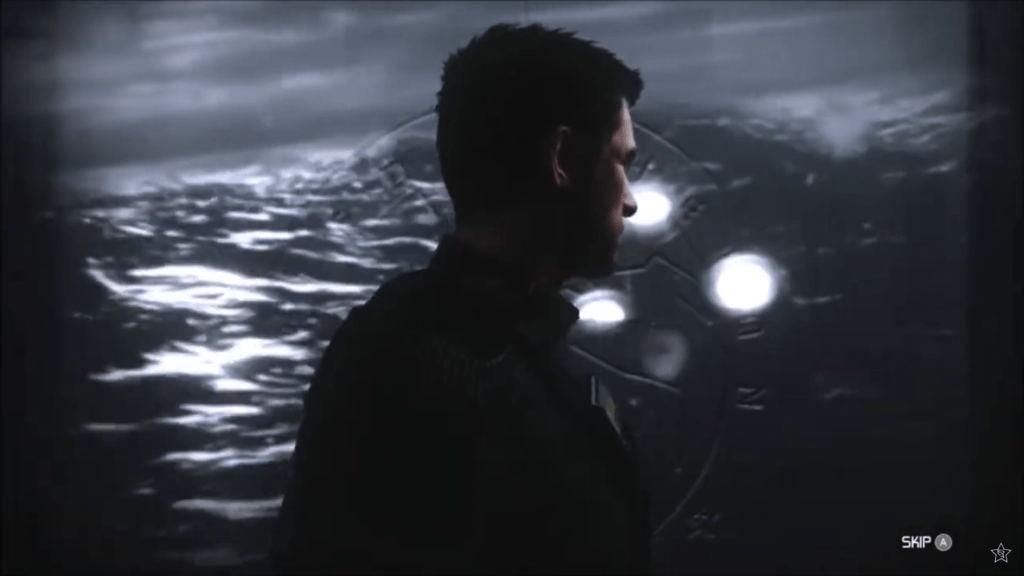
The “Splinter Cell Conviction” visual presentation marked a notable improvement over its predecessors. The game boasted more detailed environments, enhanced character models, and sophisticated lighting effects, all contributing to a more realistic and immersive world.
The artistic direction took a grittier, more grounded approach, reflecting the game’s darker narrative tone. The use of real-time projected text and images onto surfaces within the game environment was particularly striking, blending storytelling and gameplay seamlessly.
Animation and Character Models
Character animations received a substantial upgrade in “Conviction.” Sam Fisher’s movements were more fluid and responsive, capturing the essence of a highly trained operative. The attention to detail in character models, especially facial expressions and movements during interrogation scenes, added depth and realism to the interactions.
Final Thoughts about Splinter Cell Conviction
While “Splinter Cell Conviction” may have divided opinions at its launch, its bold approach to gameplay and storytelling cannot be understated. It remains a significant chapter in the Splinter Cell series and a notable reference point in the evolution of action-adventure games.
For fans of the action-adventure genre, “Conviction” offers a unique experience that blends the thrill of panther-style gameplay with the intensity of action, all wrapped in a narrative that adds depth to one of gaming’s most iconic characters.
Splinter Cell Conviction is extremely difficult to complete stealthily since the game has too much scripted head-on action gameplay, unlike the previous Splinter Cell titles that can be played at the player’s choice.
For the multiplayer side, Conviction does not have Spies vs Mercs multiplayer available as Double Agent, Chaos Theory, and Pandora Tomorrow did. Still, the co-op campaign in Conviction made up for the inconvenience of the lack of multiplayer gameplay.

